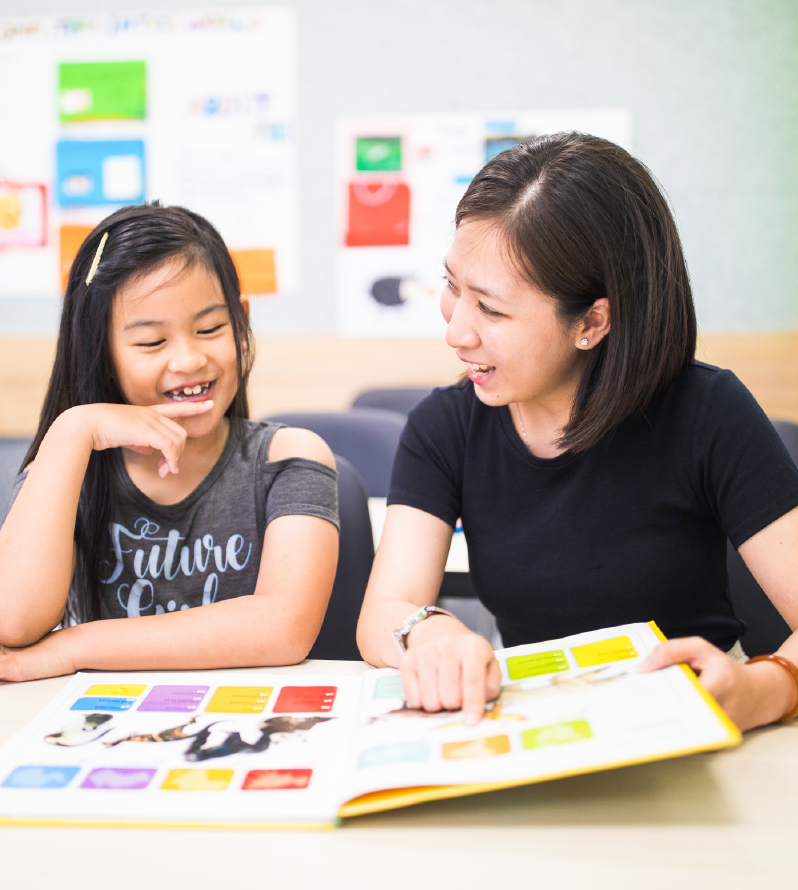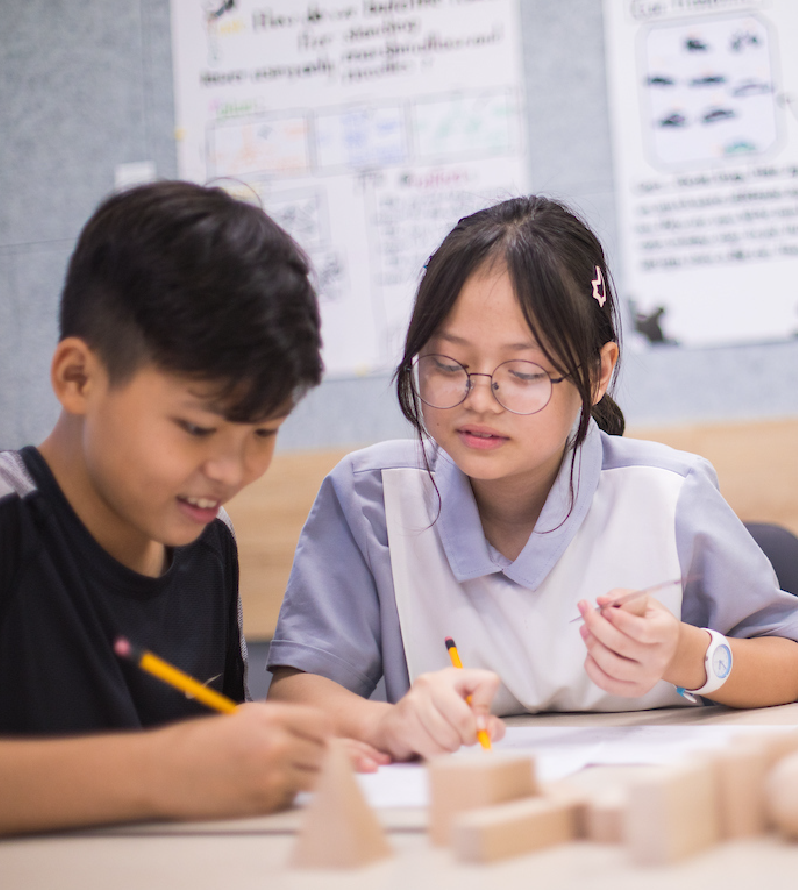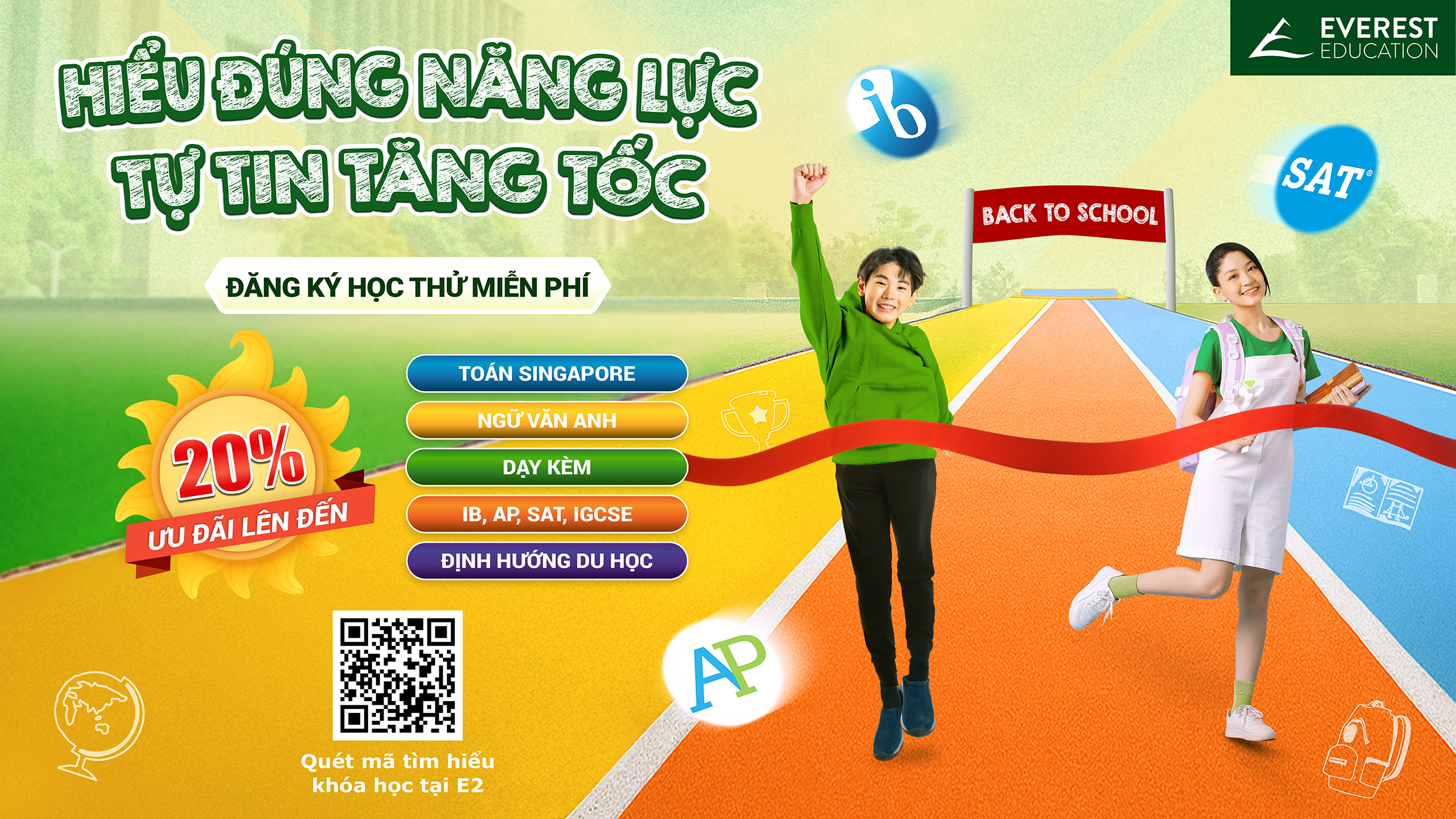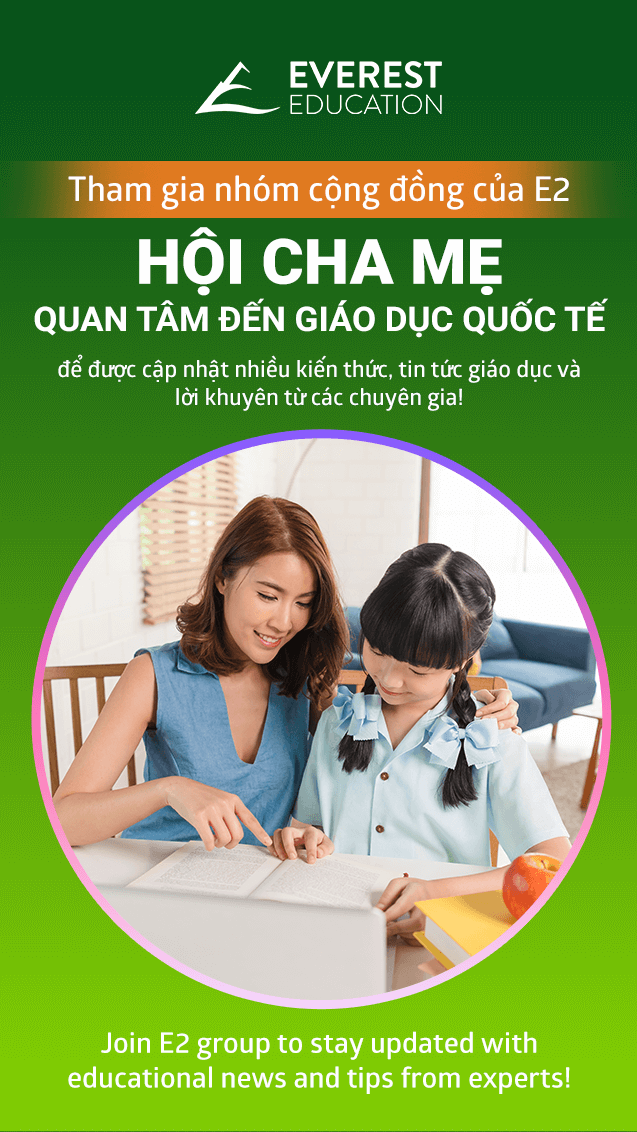1. What Is Homeschooling?
Homeschooling is home education. This does not mean that all learning takes place in the home, only that the household, or parents, have complete control over the direction of what their children learn, how they learn it, and when.

In many ways, homeschooling is a more organic form of education that focuses on getting out of traditional classrooms that focus on a one-to-many, generalist education. A homeschool-styled learning environment is more personalized to the student, with individual attention. If your child is struggling in reading or writing, parents can take the time necessary to make sure she masters the concepts. Likewise, if she excels in math or science, there is no need to proceed at a slow pace or continue using a curriculum that may not be challenging enough.
One of the tremendous benefits of homeschooling is the flexibility to customize your child’s education based on a particular instructional philosophy, your child’s specific needs, and even how you envision an ideal learning environment. As a homeschooling parent, you can take on all the teaching responsibilities, or you can blend a combination of tutors and other parents into your child’s learning.
2. 5 Key Different Styles of Homeschooling Parents should Know
Depending on where you live, you may be able to enroll your child in an independent study program you can do at home with a packaged curriculum and virtual assistance from licensed teachers. Parents may also go it alone or choose to join a homeschool cooperative with other families in your area. There are several popular homeschool styles, but in general, they will fall into these 5 models:
1. Traditional or School-at-Home
This homeschooling style takes more of a school-at-home approach, with workbooks and traditional textbooks, and perhaps, the types of regular quizzes and tests children would expect in a traditional school setting. Workbooks typically include multiple-choice and fill-in-the-blank questions and are usually meant to support information learned from related textbooks.
Parents can purchase one comprehensive homeschooling curriculum that covers all academic subjects for the grade levels they need. There are many to choose from, so make sure you research the instruction methods and the materials they require for the cost. Popular curriculums among homeschoolers include Time4Learning, Oak Meadow, Abeka, and Alpha Omega.
The advantage of this style is that families know exactly what to teach and when to teach it. That can be a comfort when you are just starting. The disadvantage is that this method requires much more work on the teacher/parent, and the lessons are not as much fun for the children.
2. Unit Studies
 While some parents love the structure of having a preset curriculum, many families buy smaller, subject-oriented curriculums (like only for math or language arts) and then take a more hands-on approach with other subjects. With this type of homeschooling, families choose a topic and incorporate a range of subjects into learning about that specific topic. Unit studies take a theme or topic and incorporate all the school subjects (language arts, history, science, music, art, etc.) into that topic. For example, a unit study about American Pioneers would incorporate history/social studies and science, math, spelling, geography, language arts, and more. It might even incorporate art, music, and physical education as well. Many unit study homeschoolers use a separate math and language arts curriculum, but all the other subjects are covered in your unit studies.
While some parents love the structure of having a preset curriculum, many families buy smaller, subject-oriented curriculums (like only for math or language arts) and then take a more hands-on approach with other subjects. With this type of homeschooling, families choose a topic and incorporate a range of subjects into learning about that specific topic. Unit studies take a theme or topic and incorporate all the school subjects (language arts, history, science, music, art, etc.) into that topic. For example, a unit study about American Pioneers would incorporate history/social studies and science, math, spelling, geography, language arts, and more. It might even incorporate art, music, and physical education as well. Many unit study homeschoolers use a separate math and language arts curriculum, but all the other subjects are covered in your unit studies.
3. Classical Homeschooling
Classical homeschooling is based on teaching children in three stages, called the Trivium.
- The grammar stage features a focus on memorizing the rules involved in their subjects, such as math, grammar, science, etc., and the absorption of information taught for every subject. This grammar stage is generally the focus for 6 to 10-year-olds.
- The dialectic stage focuses more on applying logic to the information learned and uses such tools as debate, writing, discussion, and problem-solving to understand the reasons behind the information studied. This stage is usually the focus for 10 to 12-year-olds.
- The rhetoric stage focuses on topics and learning that become ever more challenging and rigorous while helping students develop and refine their use of language. This stage is the focus of the teen years.
4. Unschooling
 Unschooling, sometimes referred to as child-led learning basically goes with the interests of the child. For example, an interest in gardening could spark a detailed study of such topics as photosynthesis, pollination, and the food cycle. In contrast, interest in rockets could introduce children to a range of topics under physics, aerodynamics, and thermodynamics headings. Learning is often accomplished by doing, as part of living life, through reading, and without necessarily relying on textbooks and workbooks.
Unschooling, sometimes referred to as child-led learning basically goes with the interests of the child. For example, an interest in gardening could spark a detailed study of such topics as photosynthesis, pollination, and the food cycle. In contrast, interest in rockets could introduce children to a range of topics under physics, aerodynamics, and thermodynamics headings. Learning is often accomplished by doing, as part of living life, through reading, and without necessarily relying on textbooks and workbooks.
The advantage of using the unschooling homeschool method is that unschooled children have the time and research abilities to become experts in their areas of interest. The disadvantage is that because unschoolers do not follow the typical school schedule, they may not do as well on grade-level assessments and may have difficulty re-enter the school system.
5. Charlotte Mason
The Charlotte Mason style of homeschooling focuses on using living books, using rich literature sources to educate children rather than the textbooks that some may view as dumbed down or mere compilations of knowledge. The Charlotte Mason style of homeschooling uses rich literature and “living books” rather than textbooks or dumbed-down twaddle. Instead of worksheets or answering questions in the back of the book, this style asks the student to retell or “narrate” everything he can remember from the reading. It also includes a wide variety of subjects spread over the week in short, exciting lessons. With this type of learning, children do study the academic basics, but home education also incorporates a significant study of art, music and nature. Likewise, this home-education style also emphasizes handiwork crafts.
Where learning meets joy
with friends and teachers who care
3. Which Homeschooling Styles Are Best?
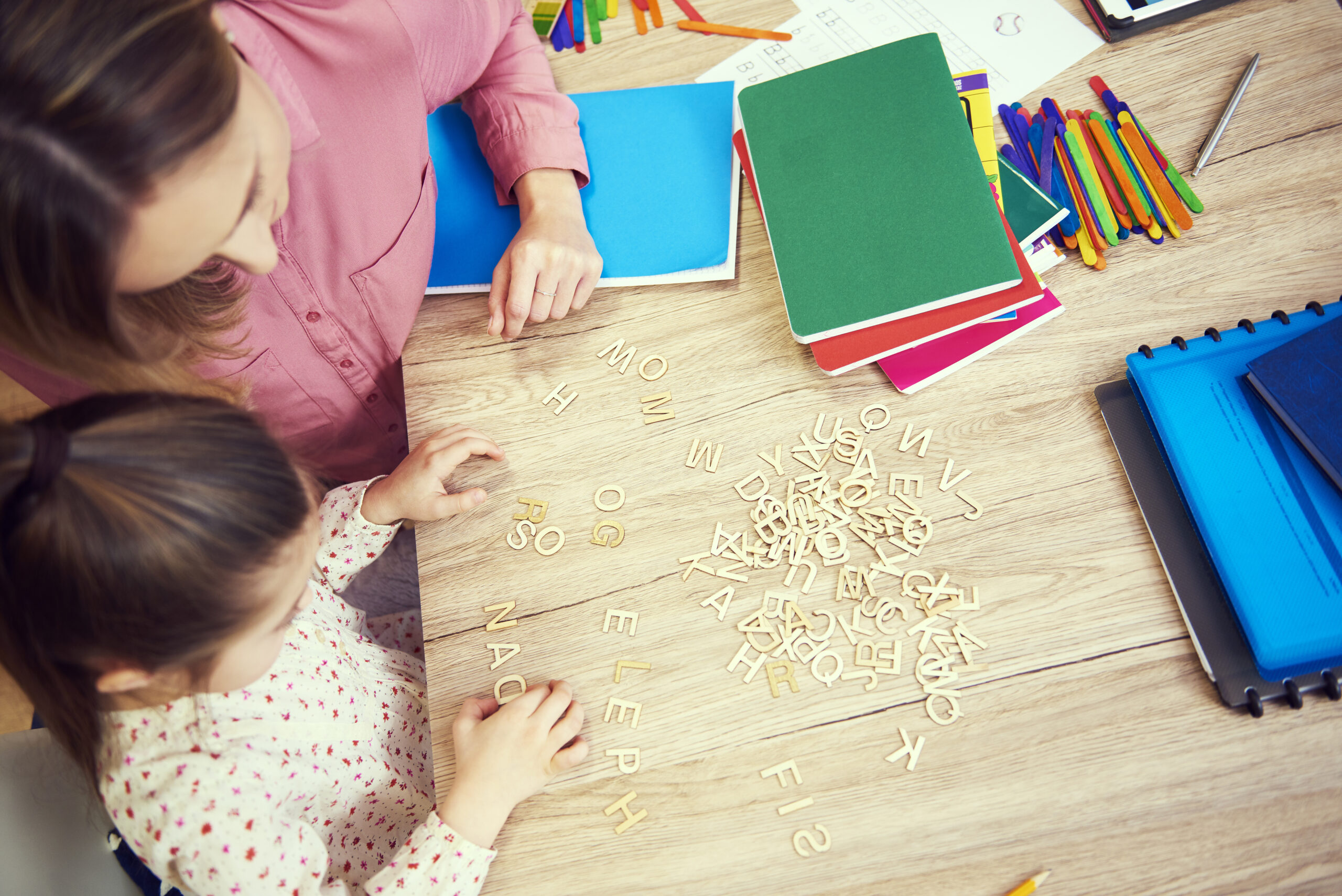
While there are different ways to homeschool, the right approach will depend heavily on your goals. Some parents know that they will be putting their child right back into the classroom in a short period, so they choose a type of homeschooling that replicates the school experience. Others whose children have lost all love of learning due to a highly restrictive educational experience want to flip the table on that educational approach completely. And some families are even ready to transform their home education period into a global travel adventure!
That means that the “best” homeschool method is simply the one that meets your specific criteria. Let’s see what facets of home education you should consider when choosing the style that suits your family best.
If you have questions, please contact our team at Everest Education. We offer an online homeschooling support program to support homeschool students depending on their individual needs and goals. Learn more about our program here.

Reference:




 While some parents love the structure of having a preset curriculum, many families buy smaller, subject-oriented curriculums (like only for math or language arts) and then take a more hands-on approach with other subjects. With this type of homeschooling, families choose a topic and incorporate a range of subjects into learning about that specific topic. Unit studies take a theme or topic and incorporate all the school subjects (language arts, history, science, music, art, etc.) into that topic. For example, a unit study about American Pioneers would incorporate history/social studies and science, math, spelling, geography, language arts, and more. It might even incorporate art, music, and physical education as well. Many unit study homeschoolers use a separate math and language arts curriculum, but all the other subjects are covered in your unit studies.
While some parents love the structure of having a preset curriculum, many families buy smaller, subject-oriented curriculums (like only for math or language arts) and then take a more hands-on approach with other subjects. With this type of homeschooling, families choose a topic and incorporate a range of subjects into learning about that specific topic. Unit studies take a theme or topic and incorporate all the school subjects (language arts, history, science, music, art, etc.) into that topic. For example, a unit study about American Pioneers would incorporate history/social studies and science, math, spelling, geography, language arts, and more. It might even incorporate art, music, and physical education as well. Many unit study homeschoolers use a separate math and language arts curriculum, but all the other subjects are covered in your unit studies. 